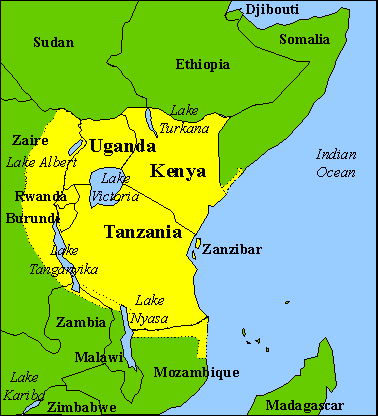Kiswahili – The history of the Kiswahili language, often referred to as “Swahili”, is rich and complex. It reflects a blend of African, Arab, Persian, Indian, and European influences. Here’s an overview of its development:
Origins and Early Development
- Bantu Roots: Swahili is a Bantu language, originating from the coastal regions of East Africa. Its earliest forms were spoken by the coastal communities in present-day Kenya, Tanzania, and Mozambique.
- Arab Influence: From the 7th century onwards, Arab traders began to establish settlements along the East African coast. These interactions introduced many Arabic words into the Kiswahili vocabulary and significantly influenced its development.
- Persian and Indian Influence: Persian traders and later Indian merchants also settled in these coastal areas. Their languages and cultural elements (Persian and Indian vocabulary) contributed to the Kiswahili language.

Kiswahili Growth as a Lingua Franca
- Trade and Commerce: By the 10th century, Swahili had become the lingua franca of the East African coast. Thus facilitating trade between Africans, Arabs, Persians, and later, Portuguese and other European traders.
- Swahili City-States: During the medieval period, powerful Swahili city-states such as Kilwa, Mombasa, and Zanzibar emerged and became centres of trade, culture, and learning. Swahili culture and language flourished in these cosmopolitan hubs.
European Colonization
- Portuguese Period (16th-18th centuries): The arrival of the Portuguese in the late 15th century brought about significant changes. However, their influence on the Swahili language was less profound than that of the Arabs.
- Omani Arab Control (18th-19th centuries): The decline of Portuguese power allowed Omani Arabs to exert greater influence. Particularly in Zanzibar, further solidifying the Arabic impact on Swahili.
- Colonial Rule (19th-20th centuries): The late 19th century saw the arrival of British and German colonial powers. Both the British in Kenya and Tanzania (then Tanganyika) and the Germans in Tanzania promoted Kiswahili as a medium of administration and education. Herewith recognizing its widespread use and communicative power.

Modern Development
- Post-Independence Era: After the independence of East African countries in the mid-20th century, Swahili was promoted as a unifying national language. Tanzania, in particular, adopted Kiswahili as the national and official language under President Julius Nyerere’s leadership.
- Standardization and Literature: Efforts were made to standardize Swahili, including the creation of dictionaries, grammar books, and educational materials. During this period Swahili literature flourished, both oral and written.
Contemporary Status of Kiswahili
- Regional Lingua Franca: Swahili is now the most widely spoken language in East Africa, serving as a lingua franca in Kenya, Tanzania, Uganda, Rwanda, Burundi, and parts of the Democratic Republic of the Congo, Mozambique, and Somalia.
- Official Language: It is one of the official languages of the African Union and the East African Community, reflecting its importance in regional cooperation and communication.
- Global Reach: Swahili has also gained international recognition, with Swahili language courses offered in universities around the world and its inclusion in international media.
Conclusion
Swahili’s history is a testament to its adaptability and resilience. Evolving from a coastal trading language to a major African and global Kiswahili language. Its development reflects the diverse cultural and historical interactions that have shaped the East African coast over centuries.



